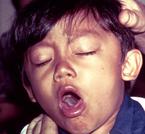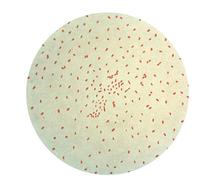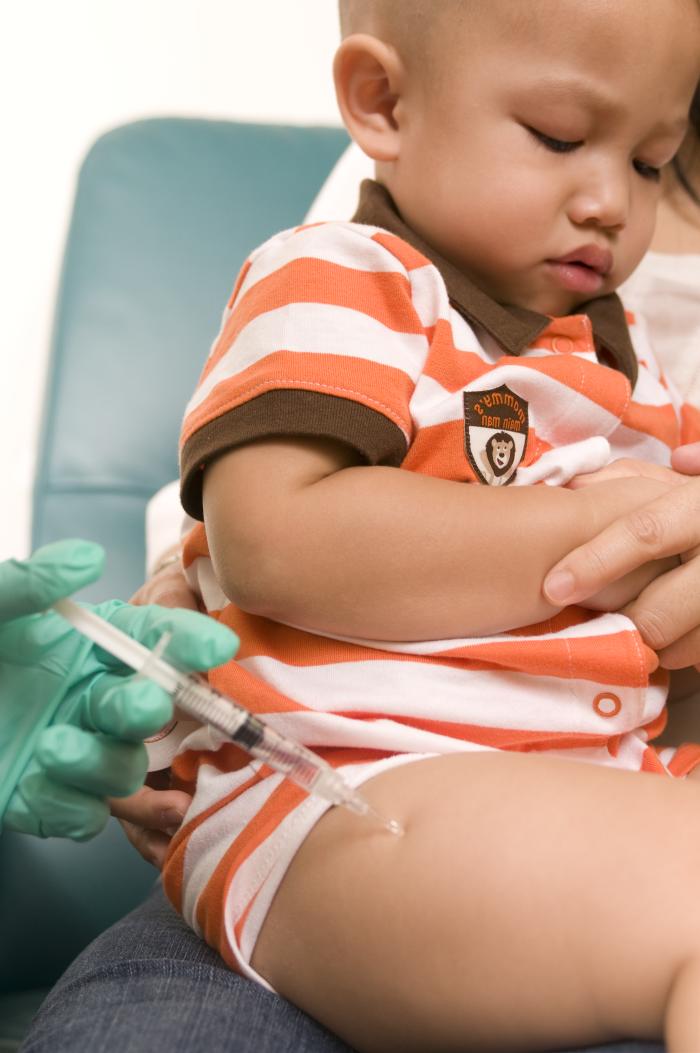 | ||||
Whooping Cough Pertussis
How Often is Vaccination Required? DTaP, Tdap & Td Vaccines
from Science Prof Online
Whooping cough, also known as pertussis, is a respiratory illness caused by the Gram-negative bacterium Bordetella pertussis.
This highly contagious disease is spread through airborne droplets, and once a person is exposed, the incubation period until symptoms emerge ranges from one to two weeks.
Pertussis is known for producing violent coughing fits, which can
Article Summary: Data from the 2010 California pertussis outbreak helped to reveal that whooping cough vaccines lose effectiveness over time. Here are the current vaccination guidelines.
Whooping Cough Pertussis Bacterial Infection
 | ||||
You have free access to a large collection of materials used in a college-level introductory microbiology course. The Virtual Microbiology Classroom provides a wide range of free educational resources including PowerPoint Lectures, Study Guides, Review Questions and Practice Test Questions.
Page last updated: 5/2014
SCIENCE PHOTOS
SPO VIRTUAL CLASSROOMS
 | ||||||
SPO is a FREE science education website. Donations are key in helping us provide this resource with fewer ads.
Please help!
(This donation link uses PayPal on a secure connection.)
make it difficult for the afflicted to breathe. The disease gets its other name, whooping cough, from the "whooping" sound that some sufferers make during severe coughing fits as they struggle to take in breath.
In adults, symptoms can be mild, but if the infection is spread to a baby who hasn't yet received a full course of vaccinations, pertussis can be deadly.
Pertussis Vaccination
The most effective way to prevent pertussis is through immunization. A combination vaccine is commonly used to protect against three infectious diseases: diphtheria, pertussis and tetanus. The DTaP is given to children younger than 7 years of age, while Tdap and Td (protecting against tetanus and diphtheria only) are reserved for older children and adults.
The Centers for Disease Control (CDC) currently recommends that children receive 5 doses of DTaP, one dose at each of the following ages: 2 months, 4 months, 6 months, 15-18 months, and then again at 4-6 years.
Td is a tetanus-diphtheria vaccine given to teens and adults as a booster shot every 10 years, or after suspected exposure to tetanus. Tdap is similar to Td but also provides protection against pertussis. Adolescents 11 through 18 (preferably around 11-12 years of age) should receive a single dose of Tdap. One dose of Tdap is also recommended for adults who did not get Tdap as an adolescent. Expectant mothers should receive Tdap during each pregnancy, at 27 through 36 weeks. For additional information, see the CDC's Pertussis Vaccination Page.
Incidence of Pertussis is on the Rise
Since the 1980s, the the number of pertussis cases has been trending upwards. Whooping cough is a cyclic disease, that typically peaks every 3-5 years, but the peaks keep getting higher. During 2012, 48,277 cases of pertussis were reported to CDC, including 20 pertussis-related deaths. The majority of deaths occurred among infants younger than 3 months of age. The most surprising data that arose during this resurgence of pertussis was that many of the older children who became ill had been fully vaccinated. This may be due to the fact that acellular pertussis vaccines, which we started using in the 90s, while safer, are not as effective. Some trains of Bordetella pertussis may also be increasing in virulence.
Research Reveals that Additional Pertussis Boosters May Be Required
David Witt, MD, of the Kaiser Permanente Medical Center in San Rafael, California, completed a study of Marin County children who became ill with pertussis during the 2010 California outbreak. His team found the highest rate of disease among vaccinated children ages 8 through 12, suggesting that the protection conferred from the early childhood DTaP vaccinations wanes over time. After the 2010 outbreak, the CDC updated its recommended vaccination schedule to include a booster during adolescence.
Should My Child Be Get Vaccinated Against Pertussis?
It is important to remember that these findings do not mean that the pertussis vaccine doesn’t work. Pertussis vaccines are effective and routinely recommended by the World Health Organization and the Center for Disease Control. The vaccine has saved millions of lives since it was invented in the 1940s. The new information gained from the California outbreak has proven useful in helping health care policy makers determine the most effective pertussis vaccination schedule.
Sources & Resources
- Centers for Disease Control (2012), Pertussis Main Page.
- Witt MA, et al (2012) "Unexpectedly Limited Durability of Immunity Following Acellular Pertussis Vaccination in Preadolescents in a North American Outbreak", Clinical Infectious Diseases, Volume 54, Issue 12, Pp. 1730-1735.
- Updated Recommendations for Use of Tetanus Toxoid, Reduced Diphtheria Toxoid and Acellular Pertussis (Tdap) Vaccine from the Advisory Committee on Immunization Practices, 2010. CDC Morbidity and Mortality Weekly Report, January 14, 2011 / 60(01);13-15.
Whooping Cough Pertussis Video
from Mayo Clinic
Whooping cough is a bacterial infection that's recently risen to epidemic levels in some parts of the U.S., partially due to the waning effect of the vaccine over time. In adults, symptoms can be mild, but if the infection is spread to a baby who hasn't yet received a full course of vaccinations,pertussis can be very serious, even deadly.
Listen to the "Gotta have his Dip Tet" audio clip from the hilarious movie Raising Arizona.





